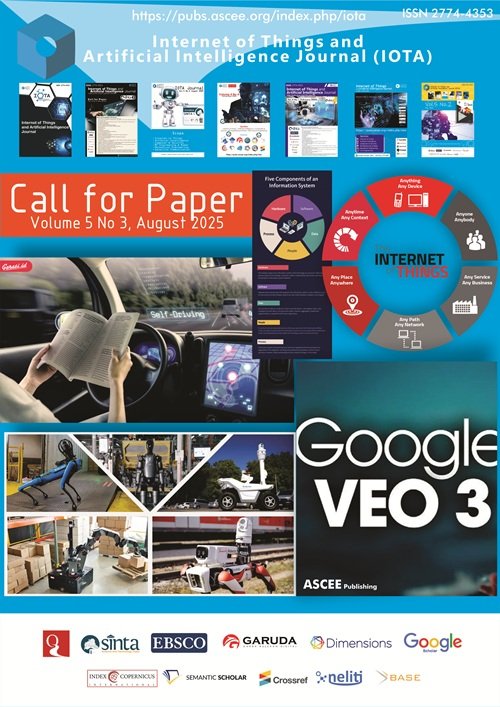Review of Navigation Systems Used for Visually Impaired Individuals
DOI:
https://doi.org/10.31763/iota.v5i3.956Keywords:
Visually impaired, navigation systems, obstacle detection, assistive devices, visually impairedAbstract
Vision impairment affects a large number of individuals, necessitating support to carry out daily activities. With the advancement of technology, various devices have been developed to assist them in recognizing objects and obstacles, as well as facilitating navigation both indoors and outdoors. The working principles and functions of these devices serve as the basis for their classification. This article highlights modern and significant devices that offer key features such as obstacle detection, portability, navigation, and integration with mobile devices for users with visual impairments. Descriptions of standard operational procedures for various types of assistive technologies are provided, followed by a discussion of essential device features such as sensor types, operating time, response time, range, feedback modalities, coverage, weight, durability, and cost. Given the wide range of algorithms available to support assistive technologies, this article also reviews some of the most commonly used algorithms. The effectiveness of these devices is evaluated through a review of various systems developed for the visually impaired. The article also examines how assistive vision devices have undergone significant transformation by adapting to technological advancements over time and provides several recommendations for future research directions.


